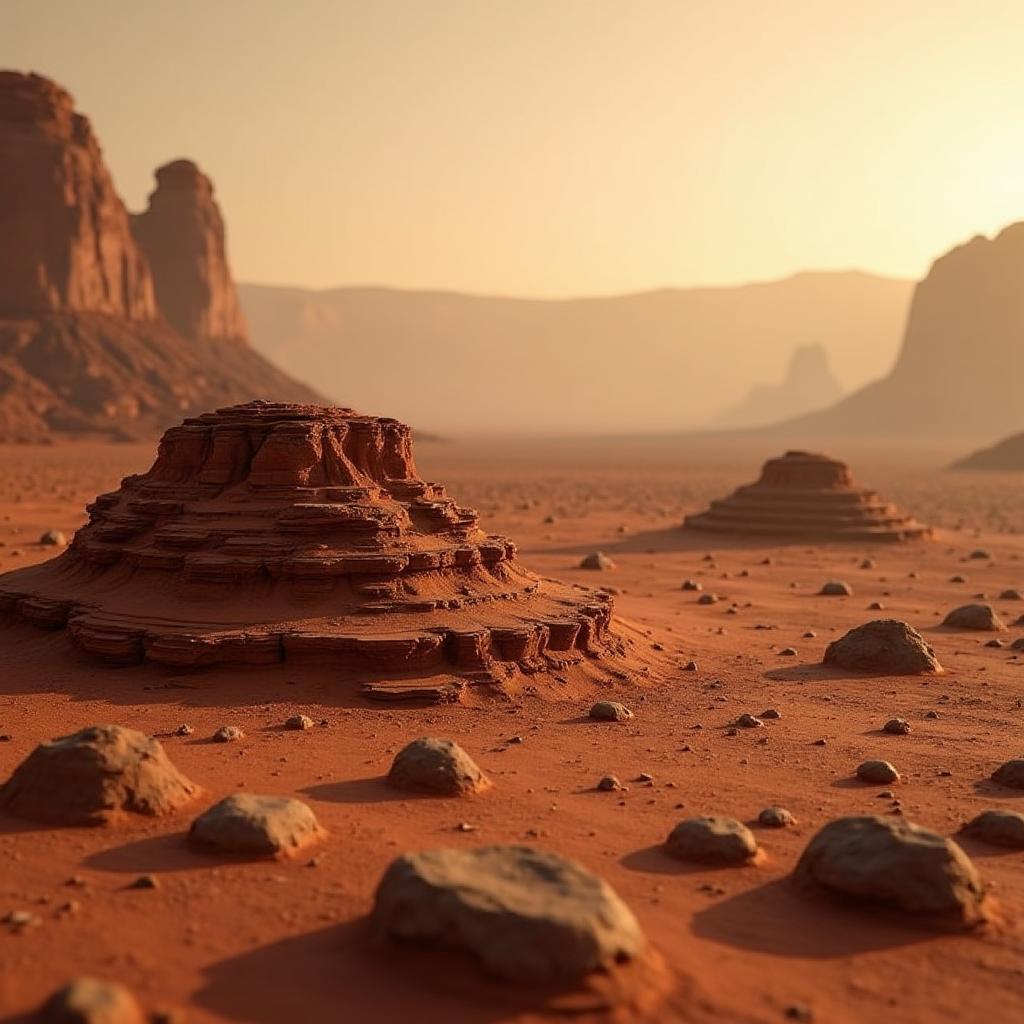
Mars has always been a source of fascination, and now, thousands of peculiar mounds on its surface might hold the key to one of its biggest mysteries. These towering formations, scattered across an area as vast as Texas, could tell us more about the red planet’s ancient water history.
Located in Mars’ Chryse Planitia region, these mounds resemble the iconic buttes and mesas of Monument Valley in the U.S. But unlike their Earthly counterparts, they’re much older and far taller—reaching heights of up to 1,800 feet. A recent study published in Nature Geoscience suggests these mounds were shaped by water erosion billions of years ago.
The mounds contain layers of clay-rich rock, forming a kind of geological time capsule. Each layer records a different chapter in Mars’ past, with the oldest dating back about 4 billion years. Researchers believe these formations were once part of ancient highlands that were gradually worn down over time.
What’s even more exciting is that these mounds could soon be explored by a robotic mission. The European Space Agency’s ExoMars Rosalind Franklin rover, set to launch in 2028, might investigate the area. This could provide new insights into Mars’ watery past and help identify resources for future human exploration.
The mounds are near Mars’ so-called “dichotomy,” a dramatic boundary separating the planet’s flat northern plains from its rugged southern highlands. Scientists have long debated what caused this divide, and the mounds may offer clues. Some researchers even suggest an ancient northern ocean could have played a role.
As exploration continues, these strange Martian formations may help us piece together the planet’s early history. They’re not just rocks—they’re stories waiting to be read. And who knows? They might just rewrite our understanding of Mars.
